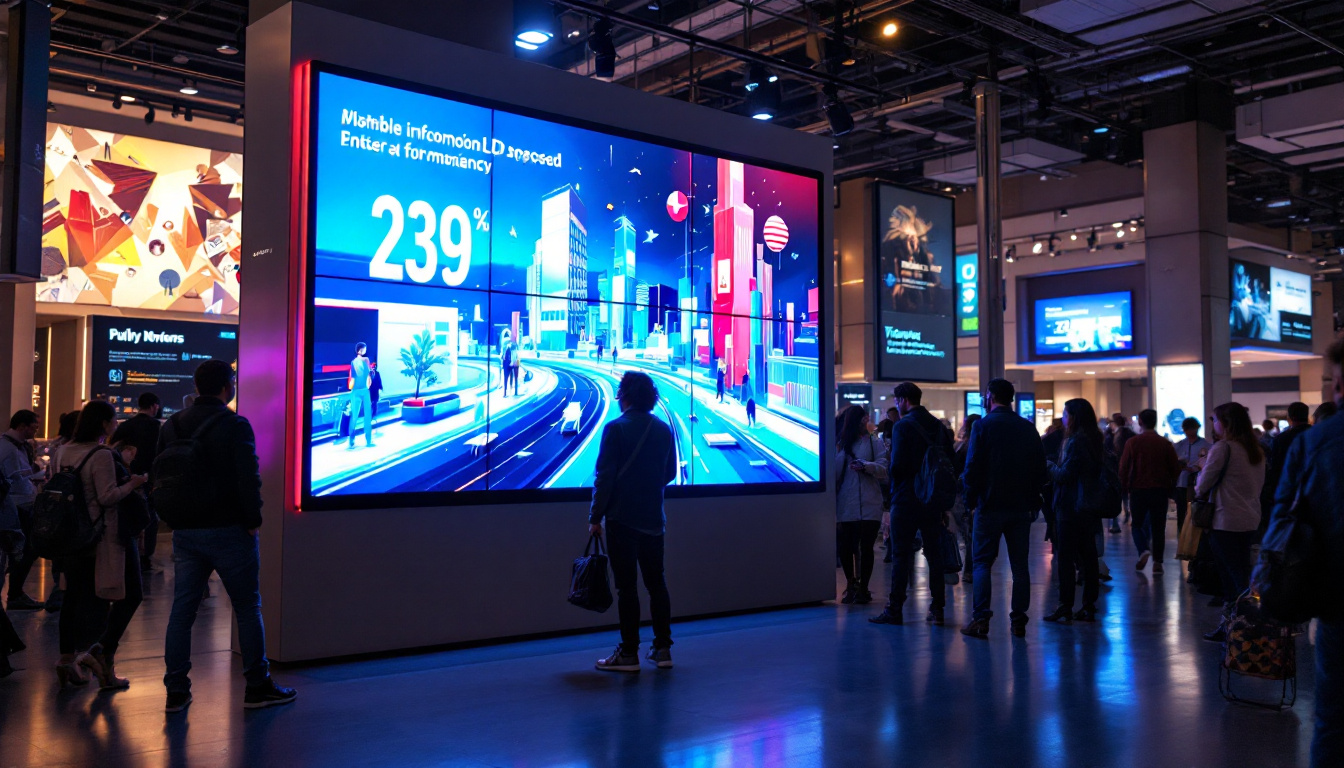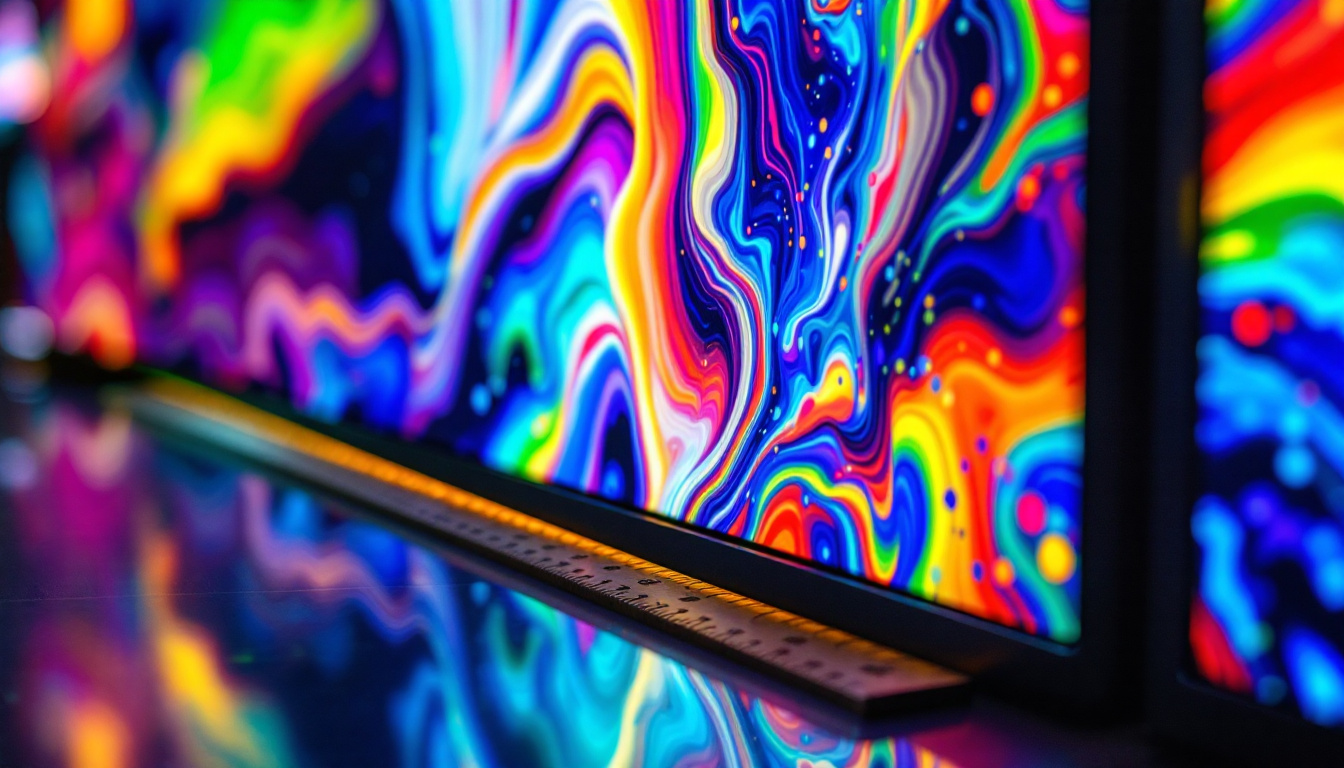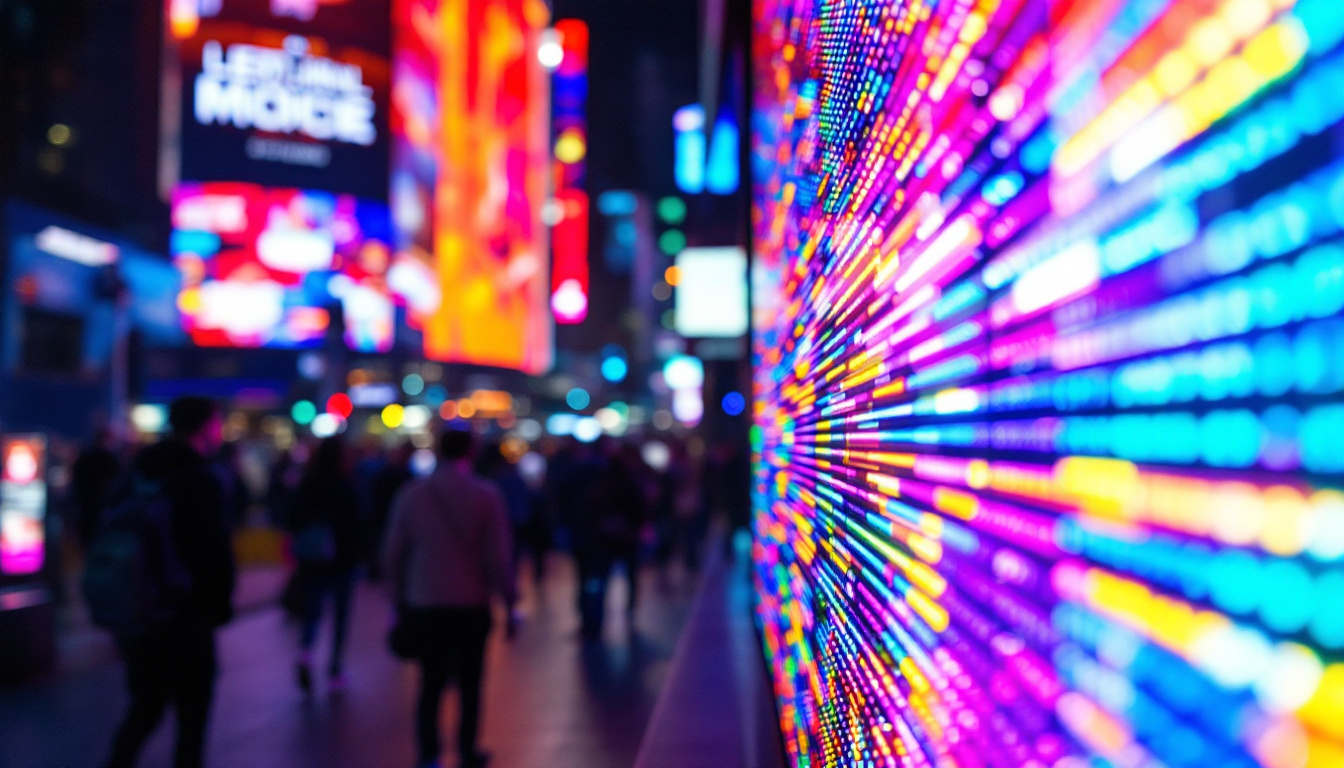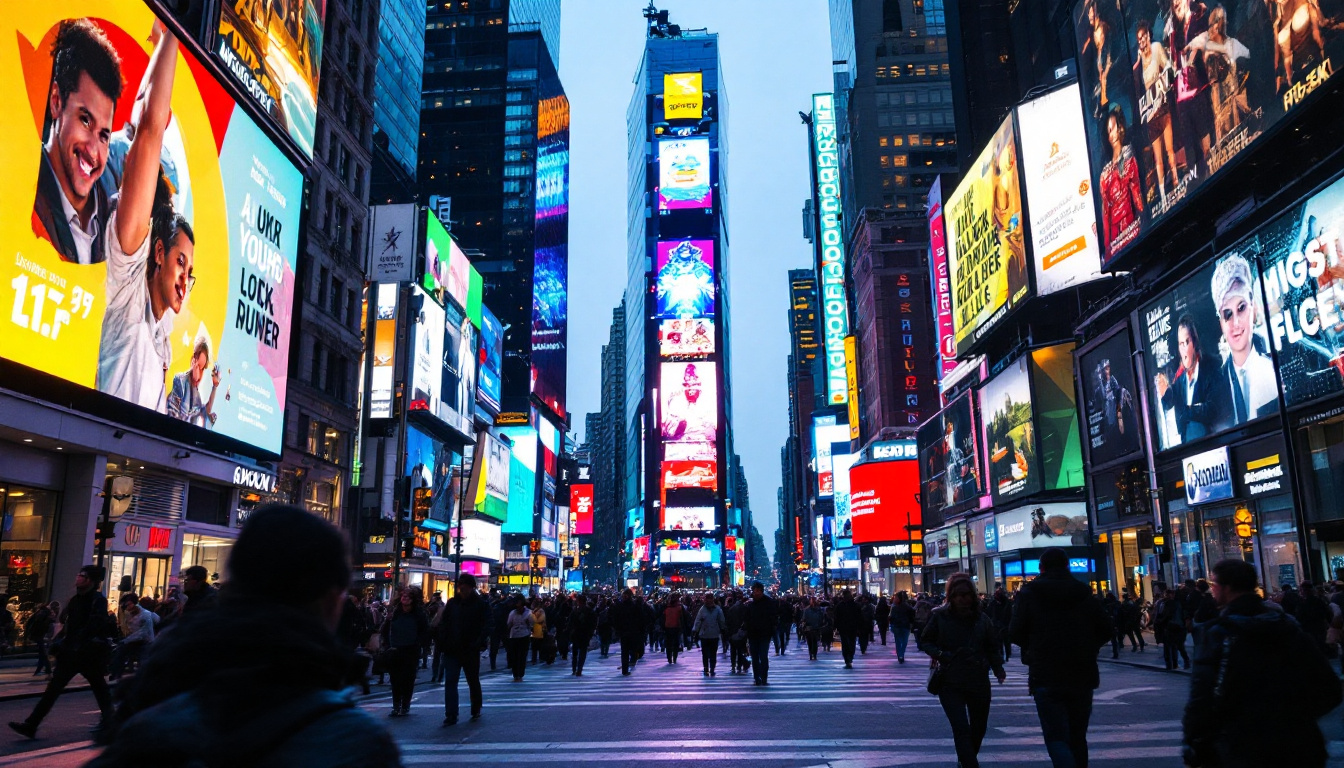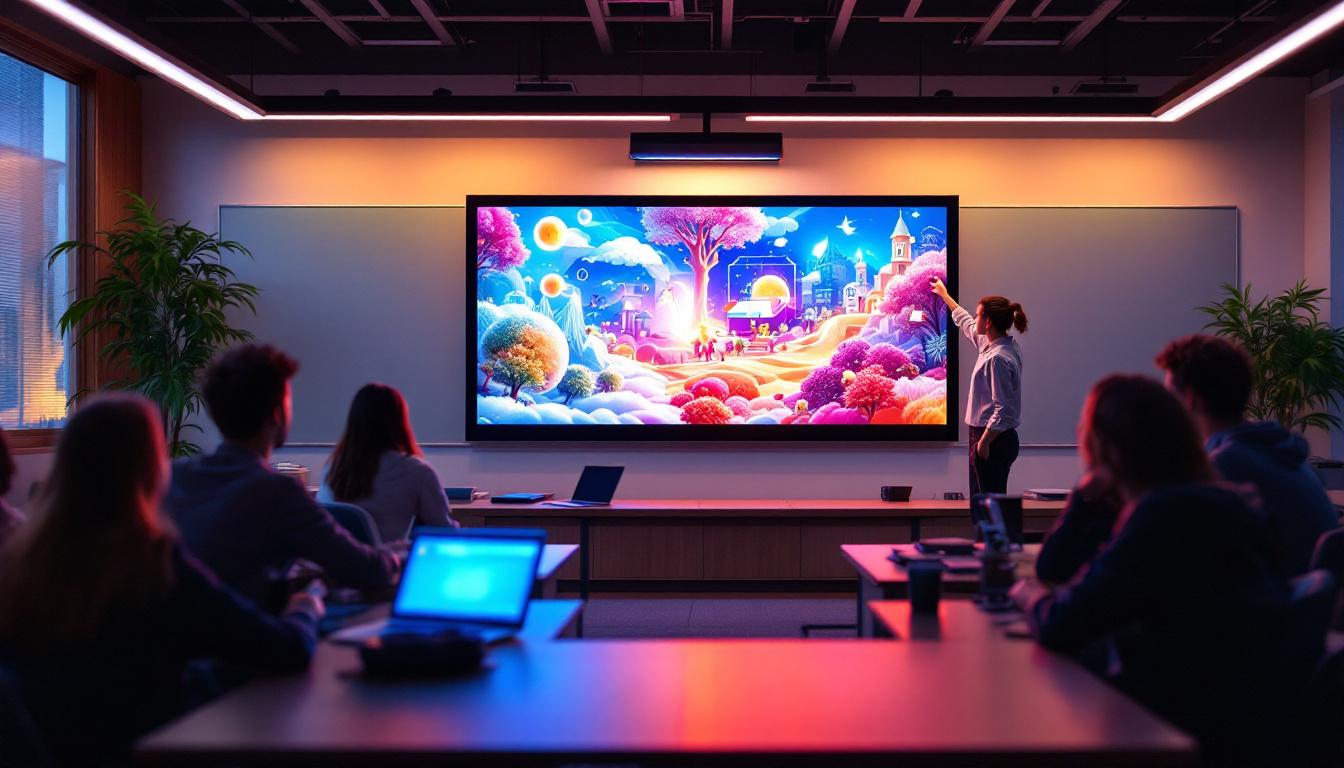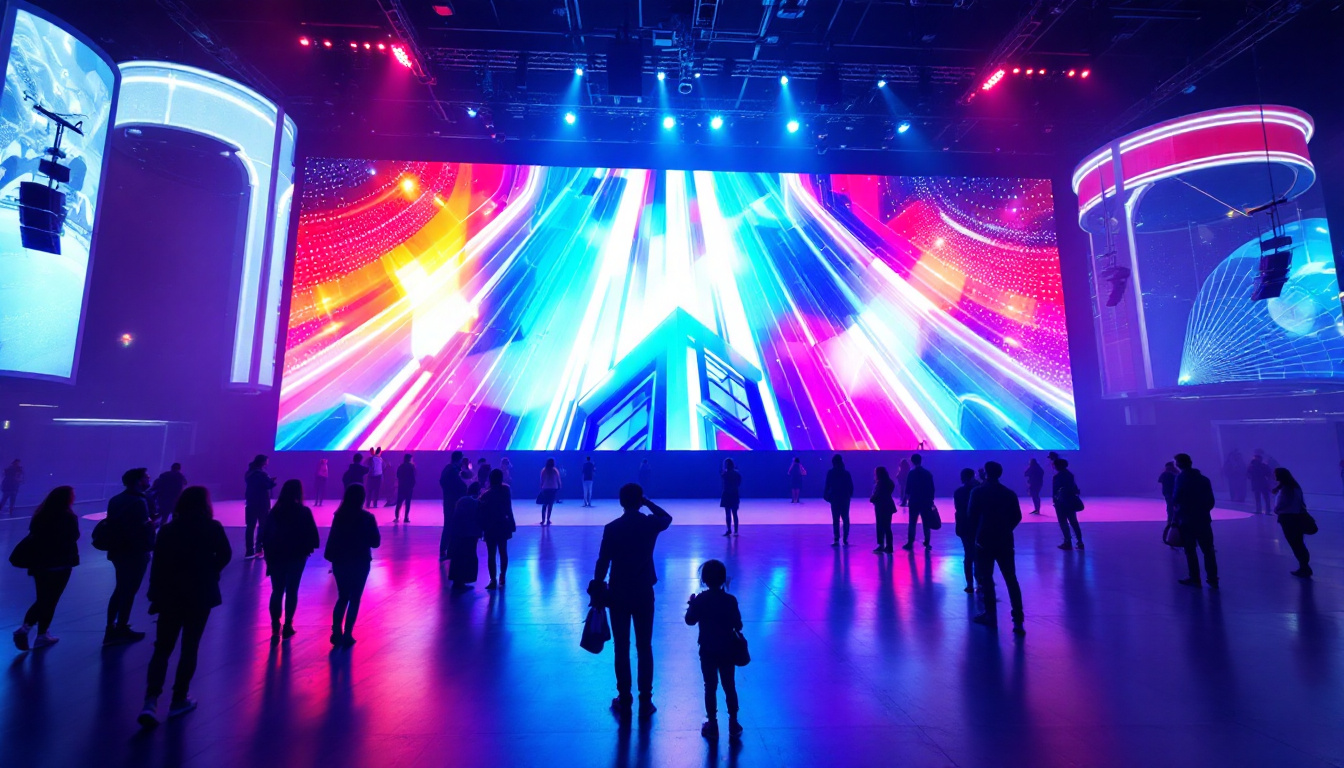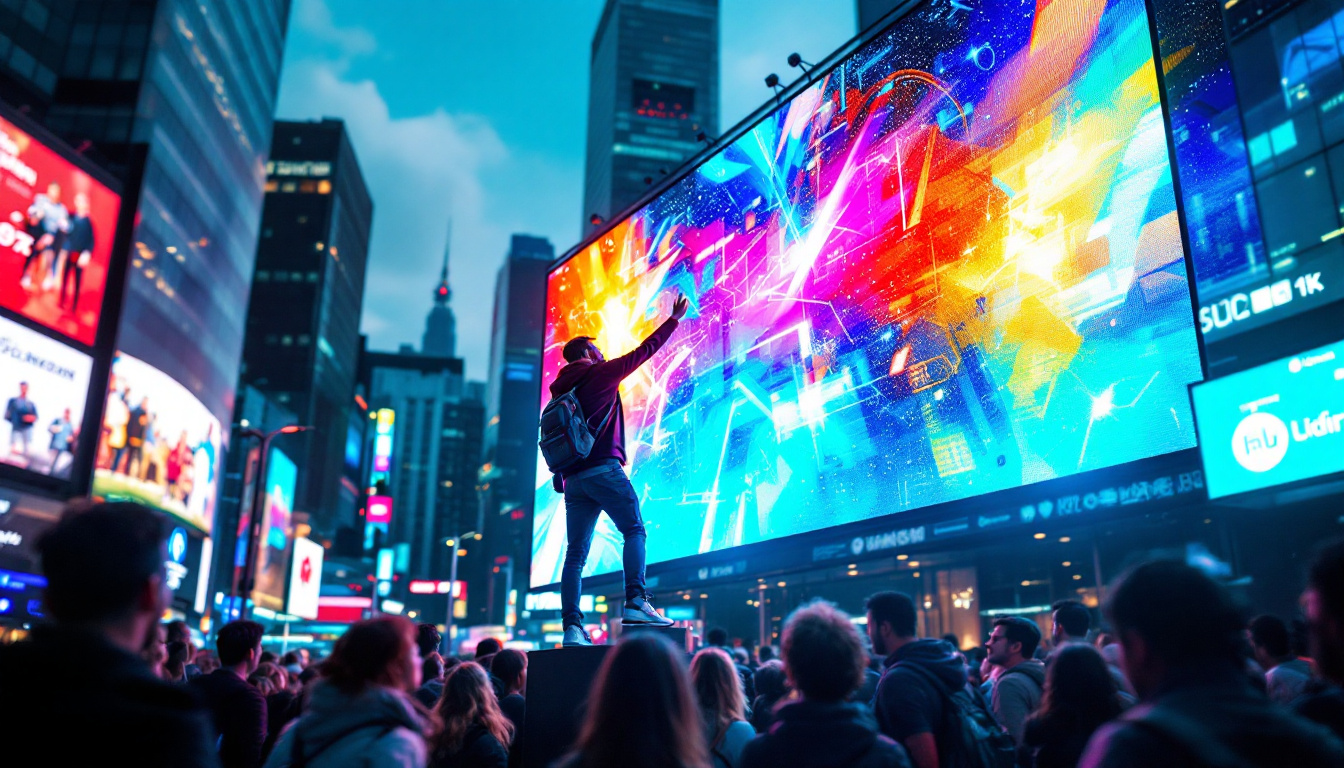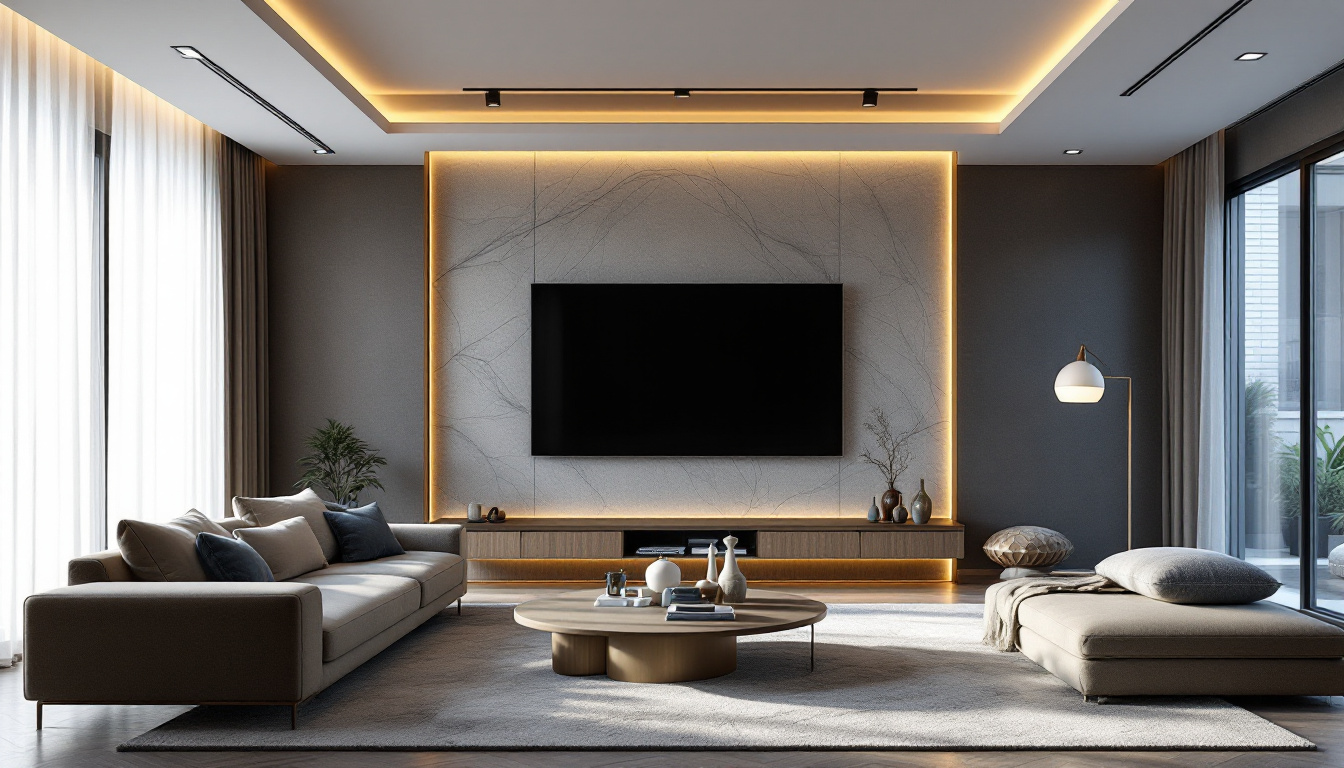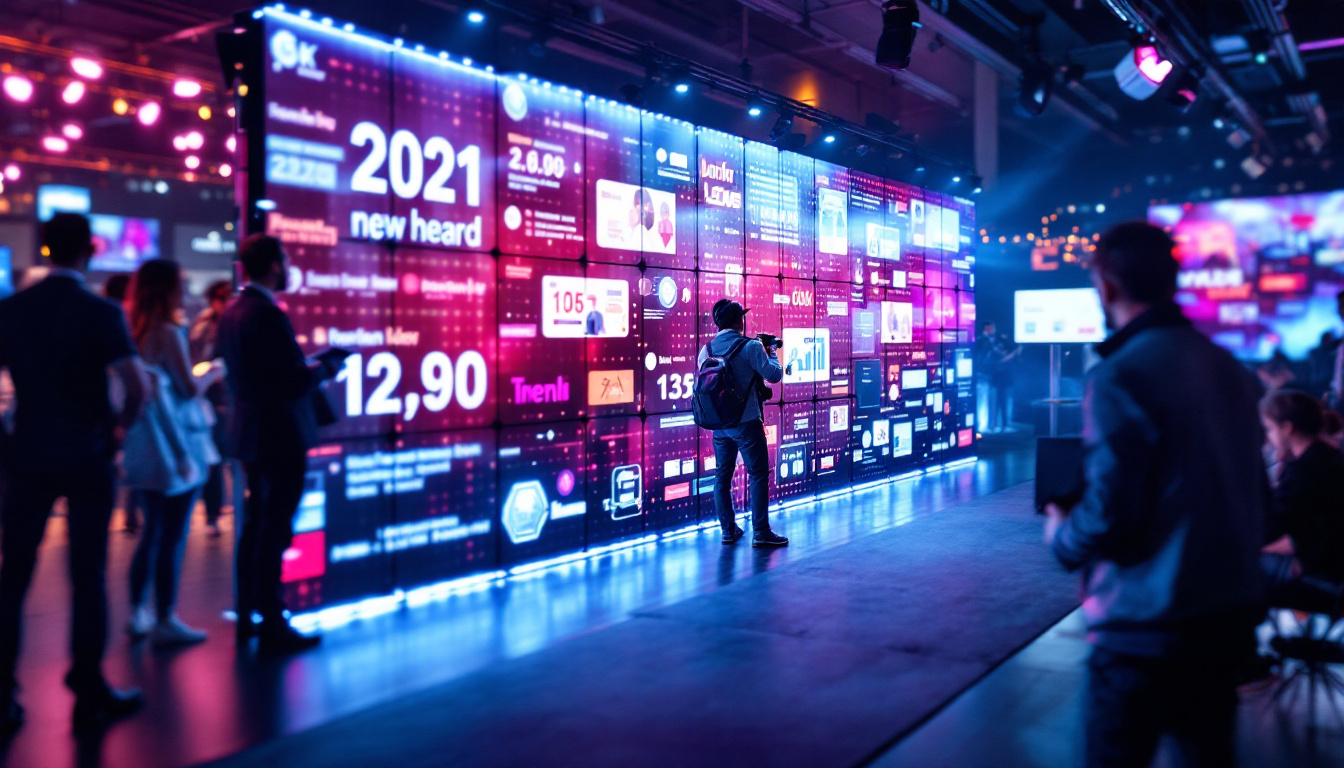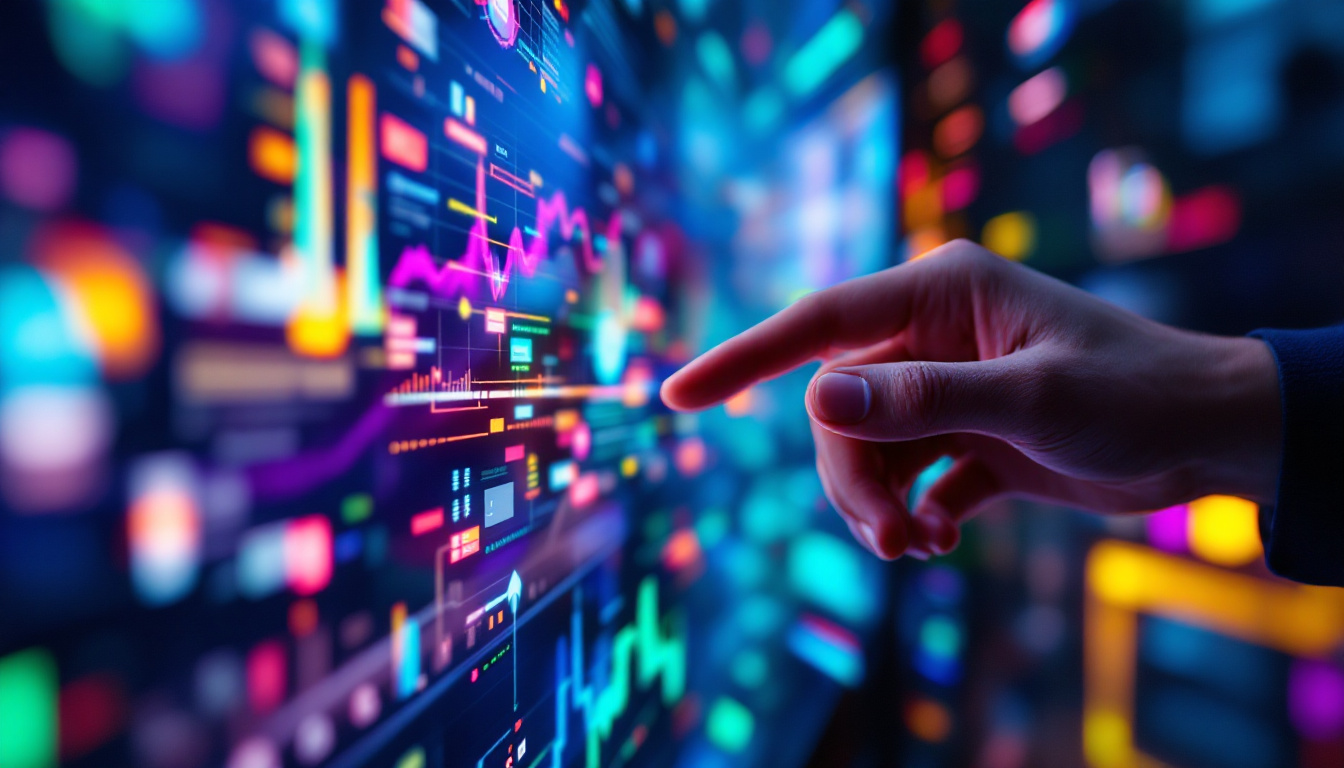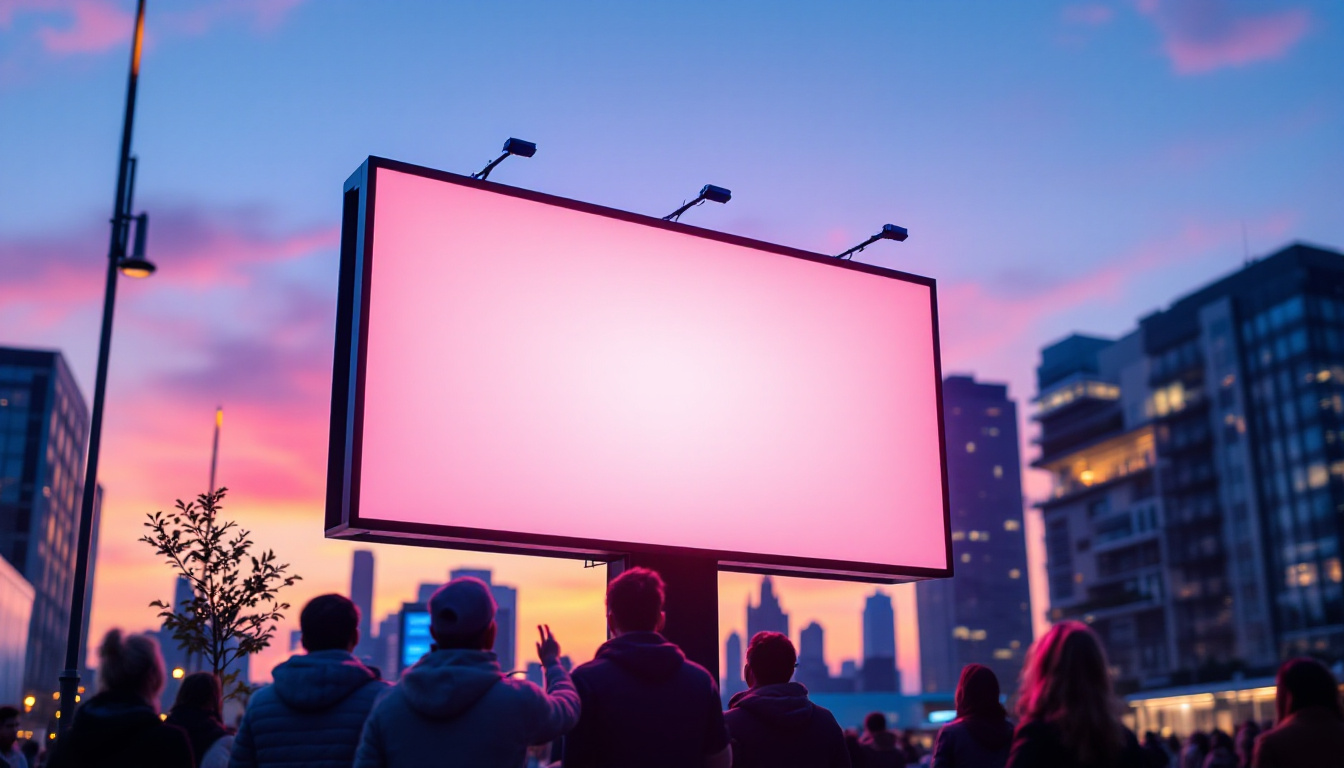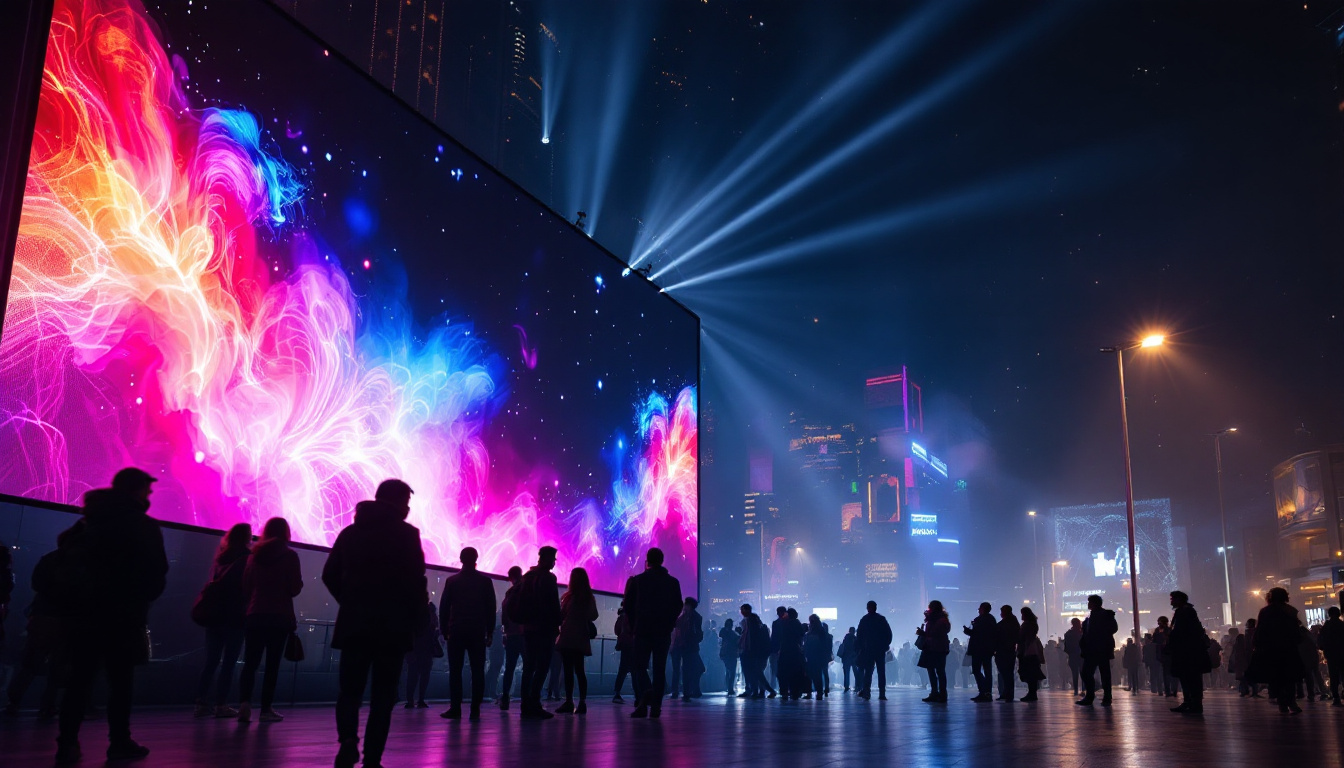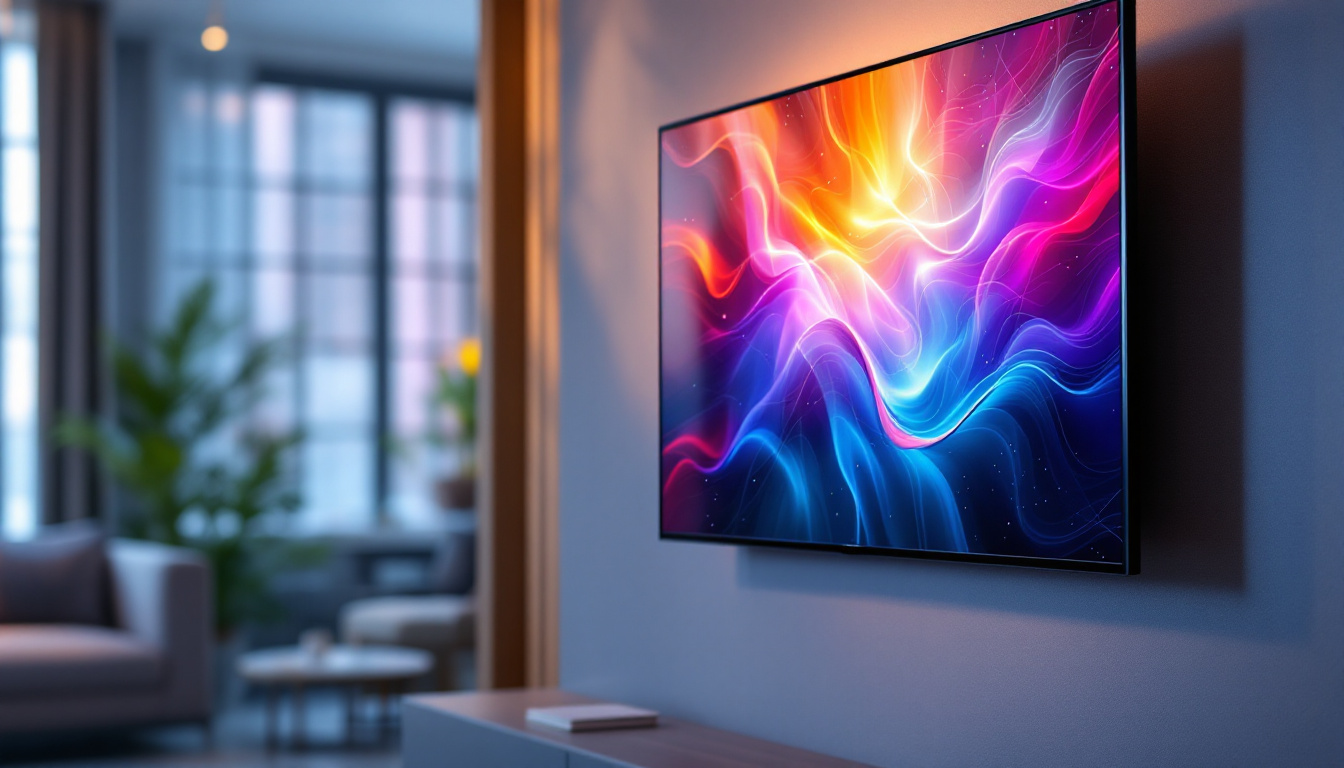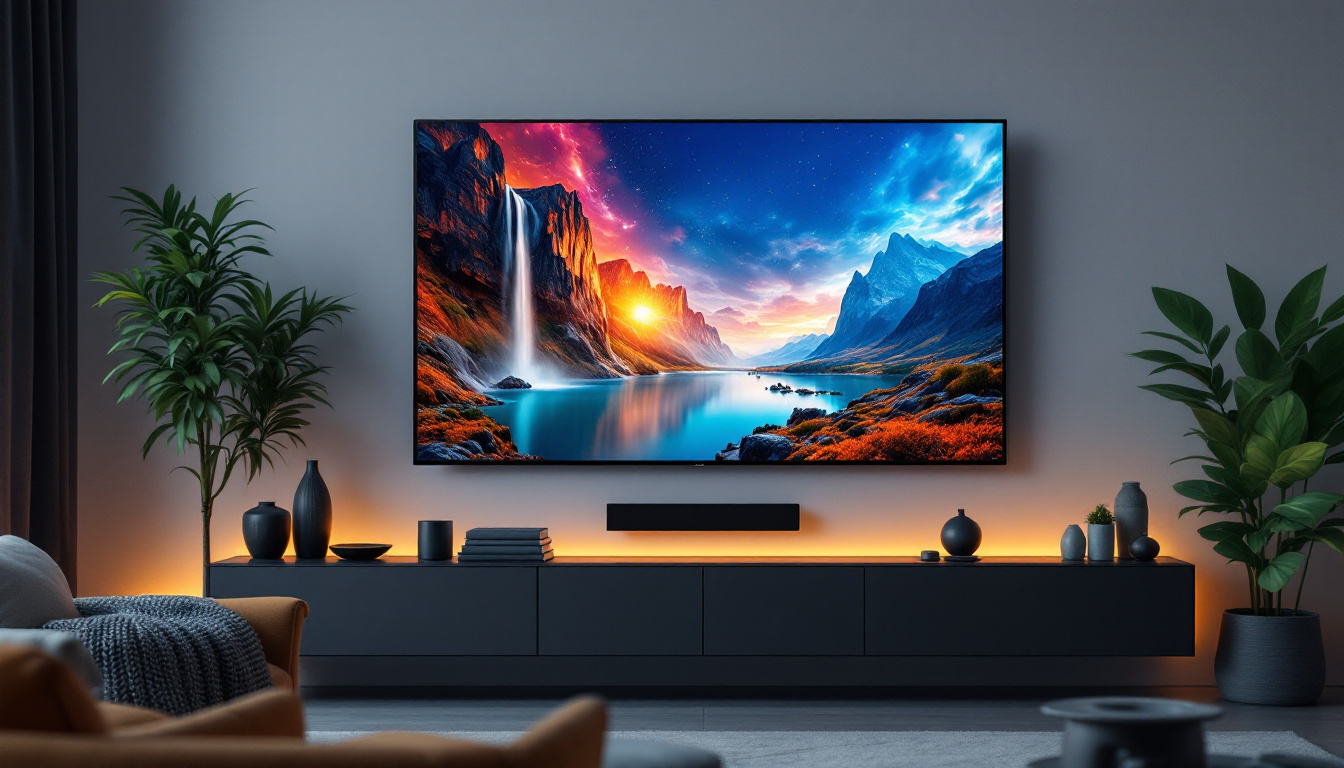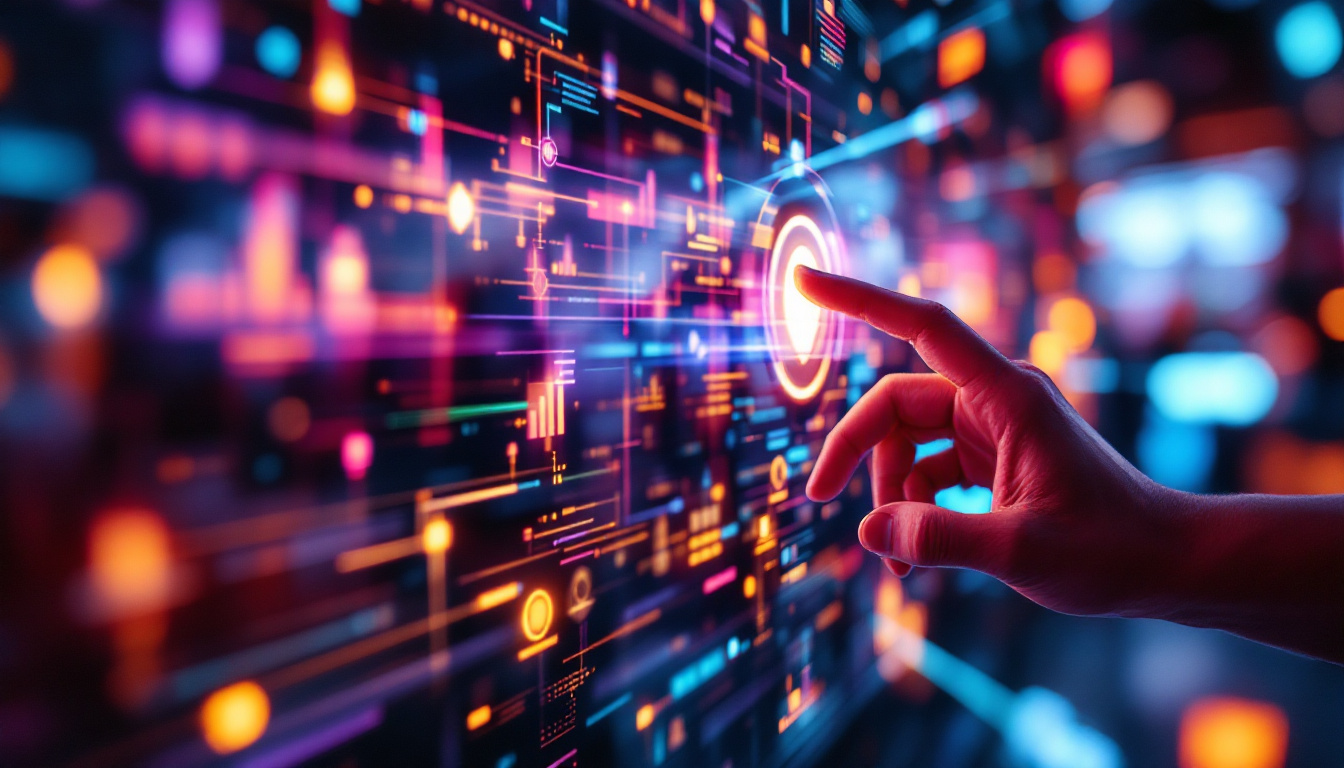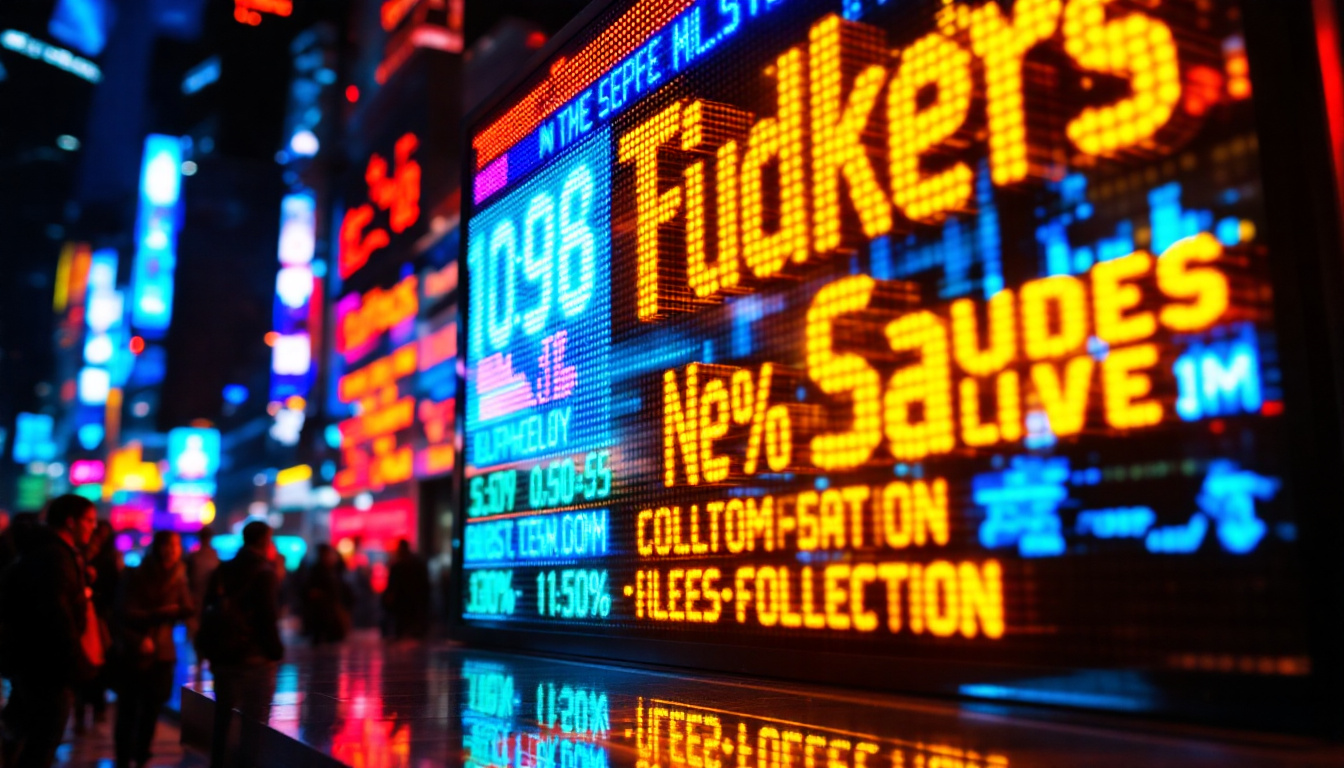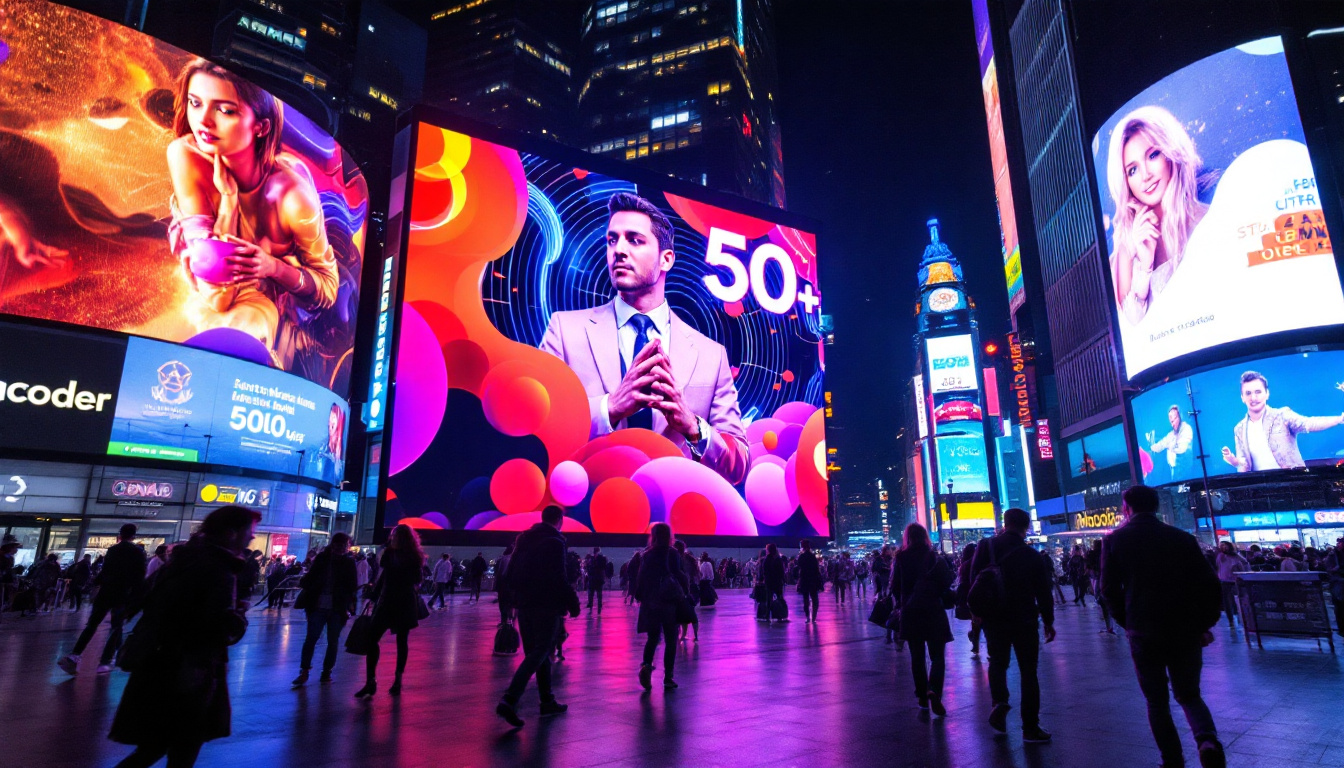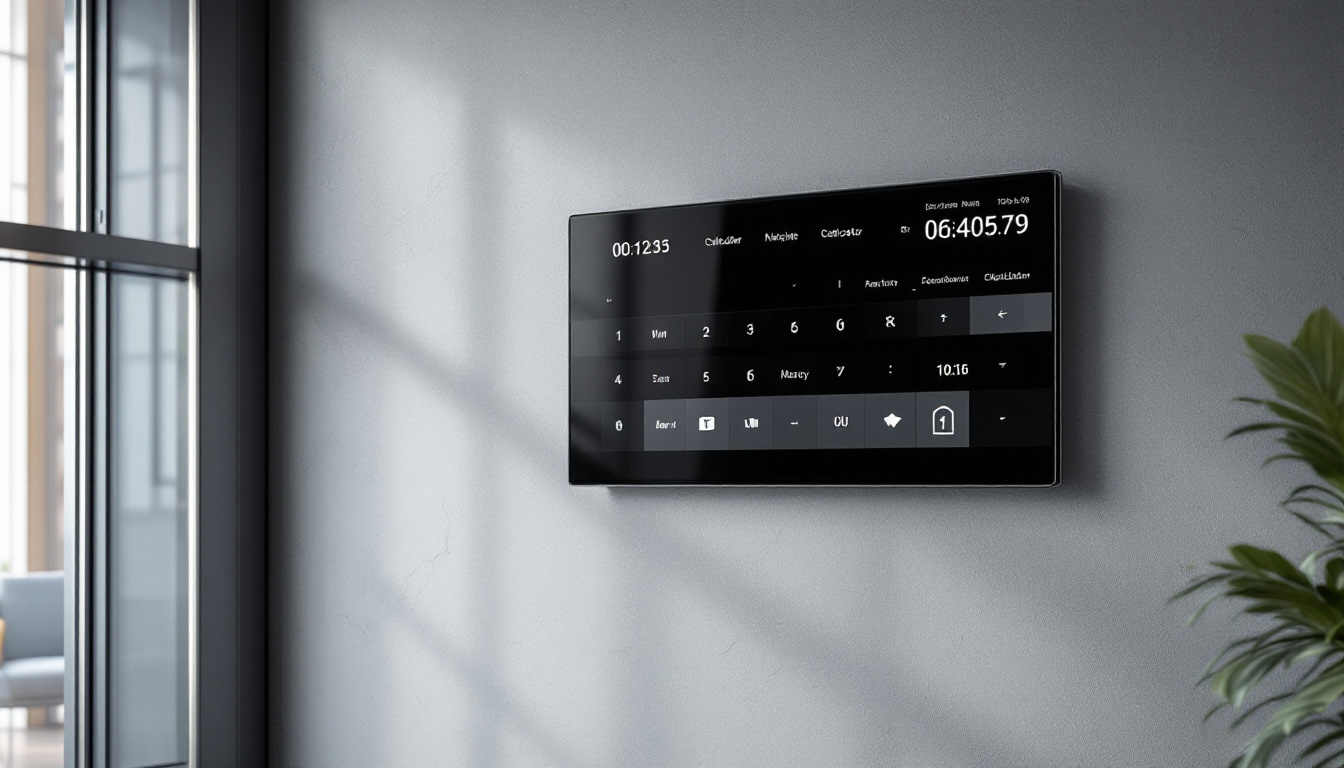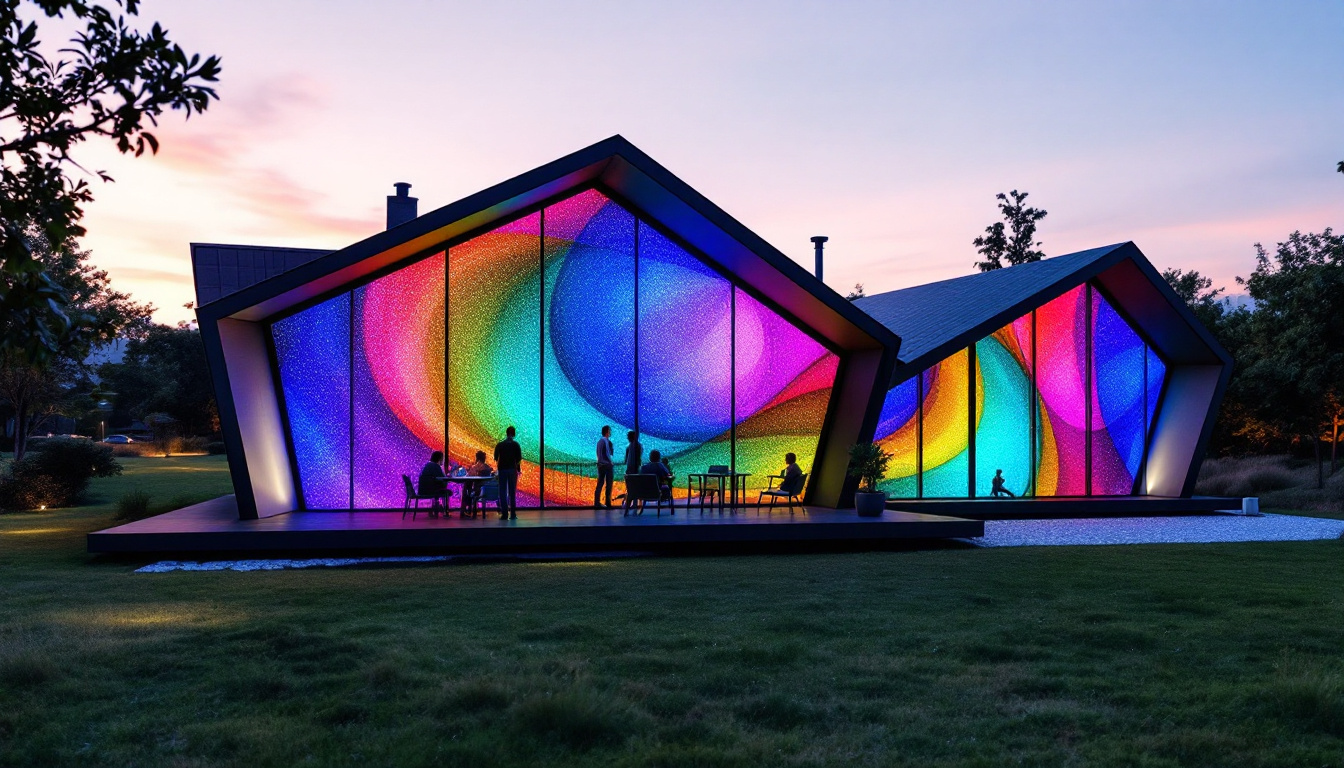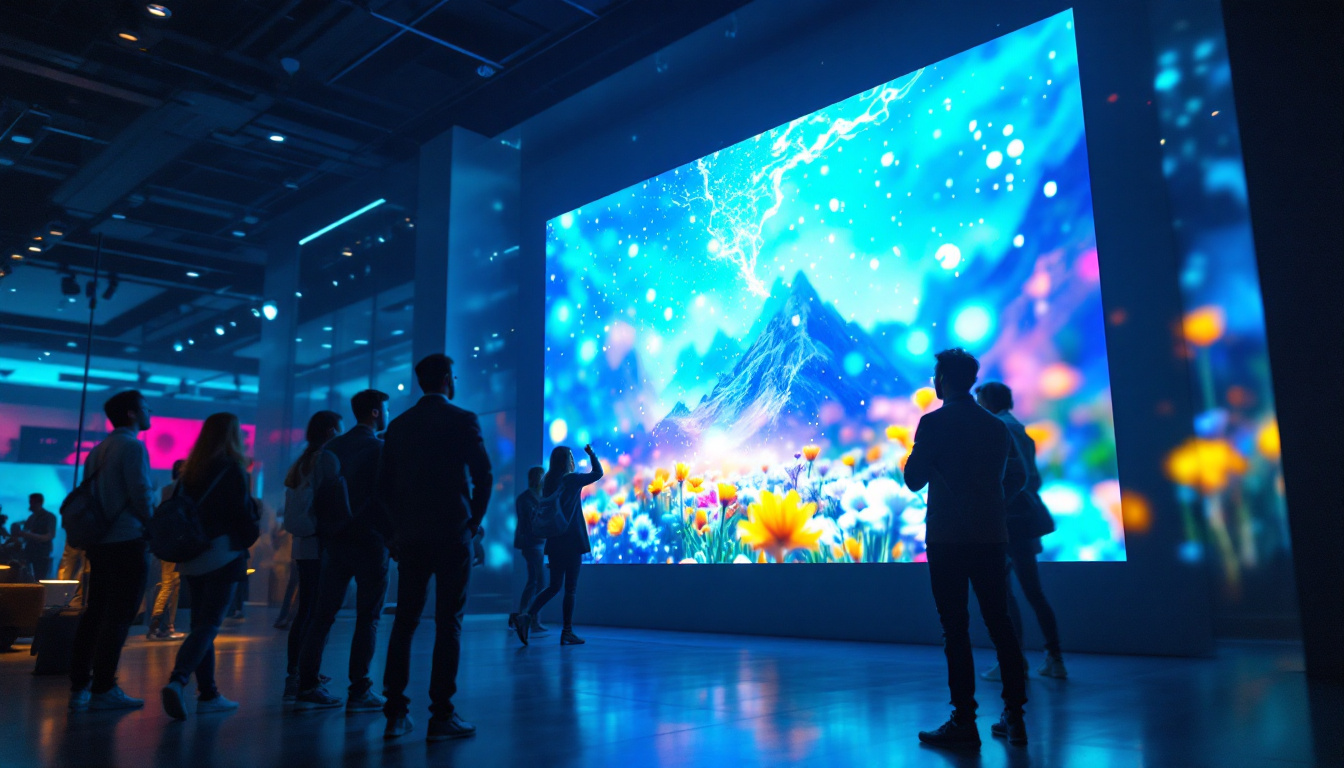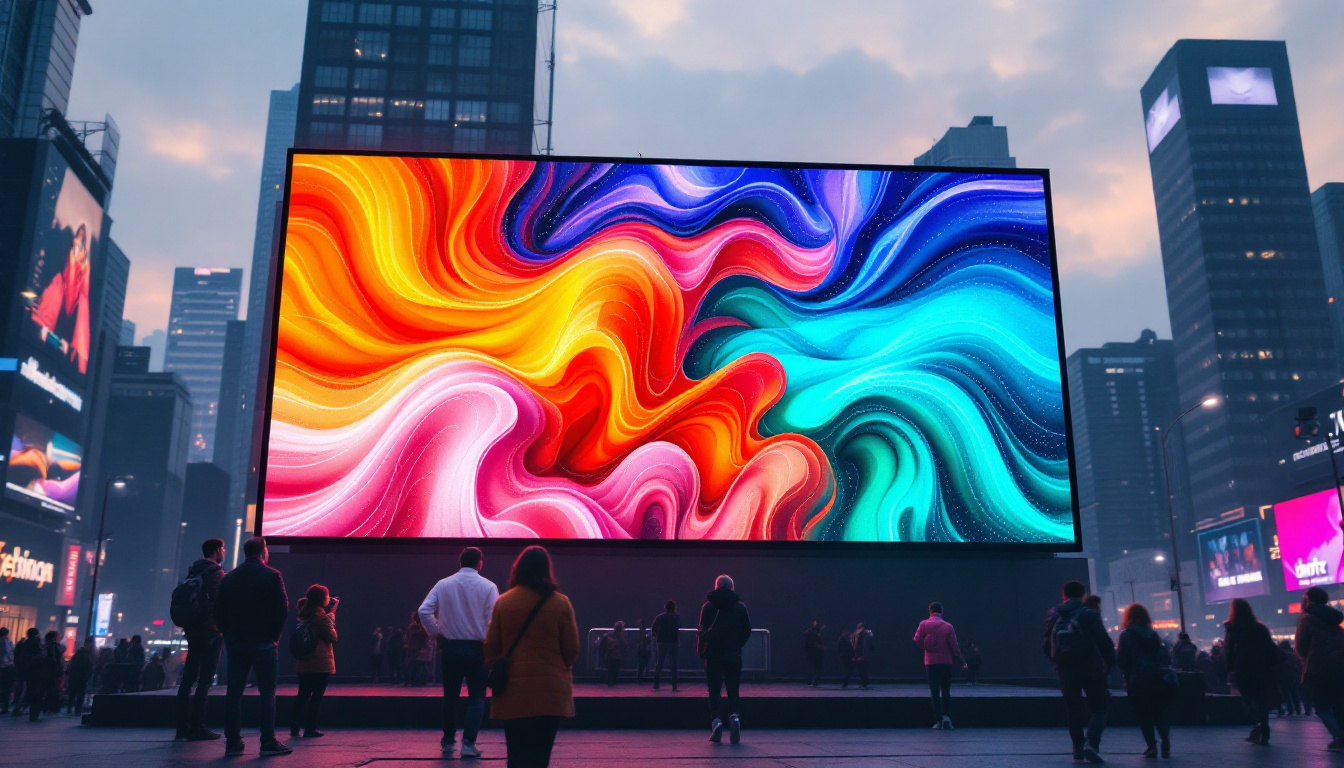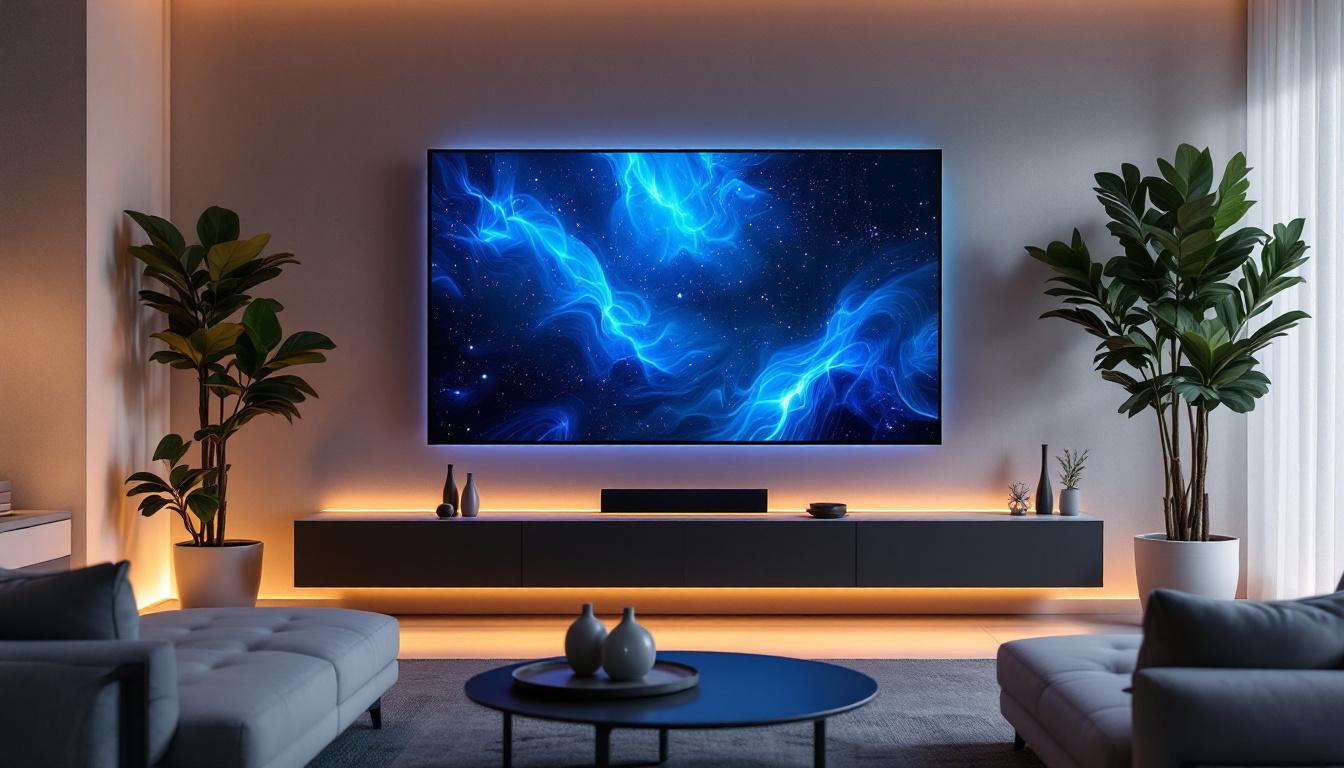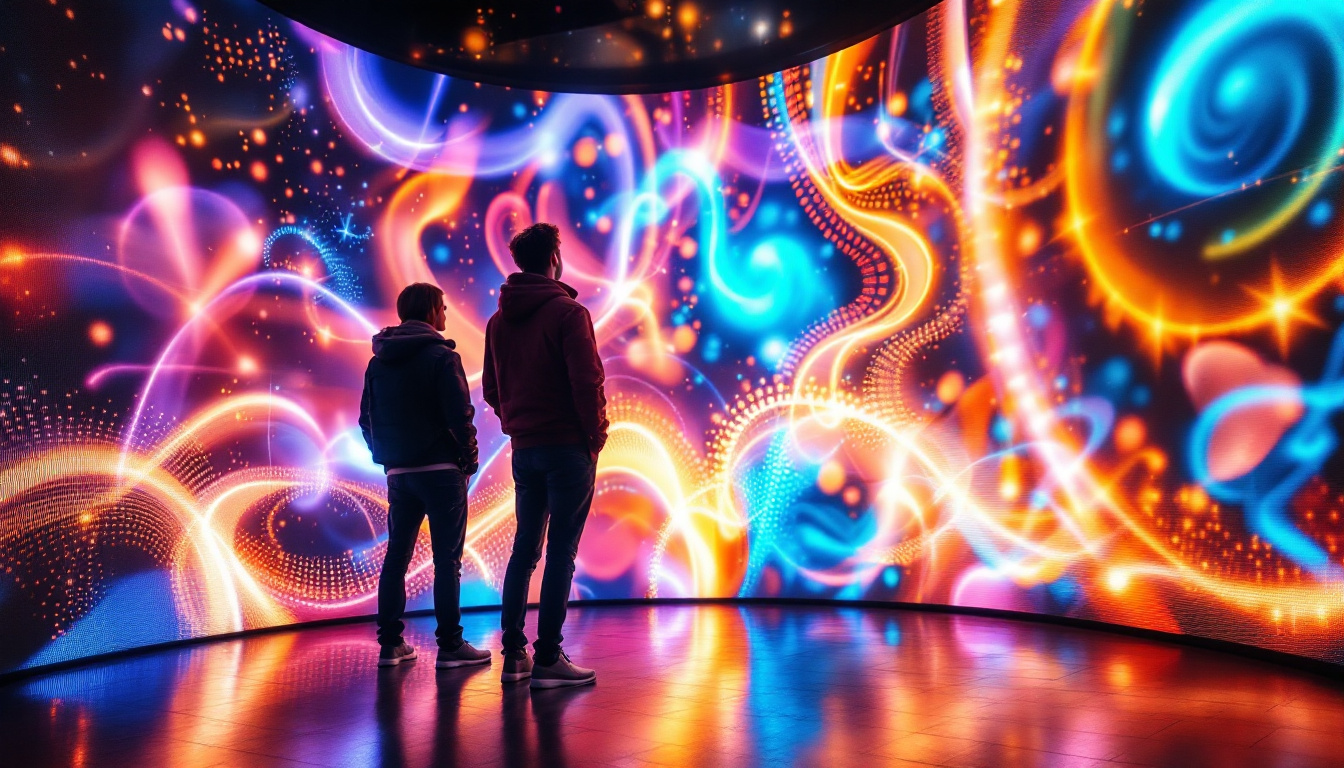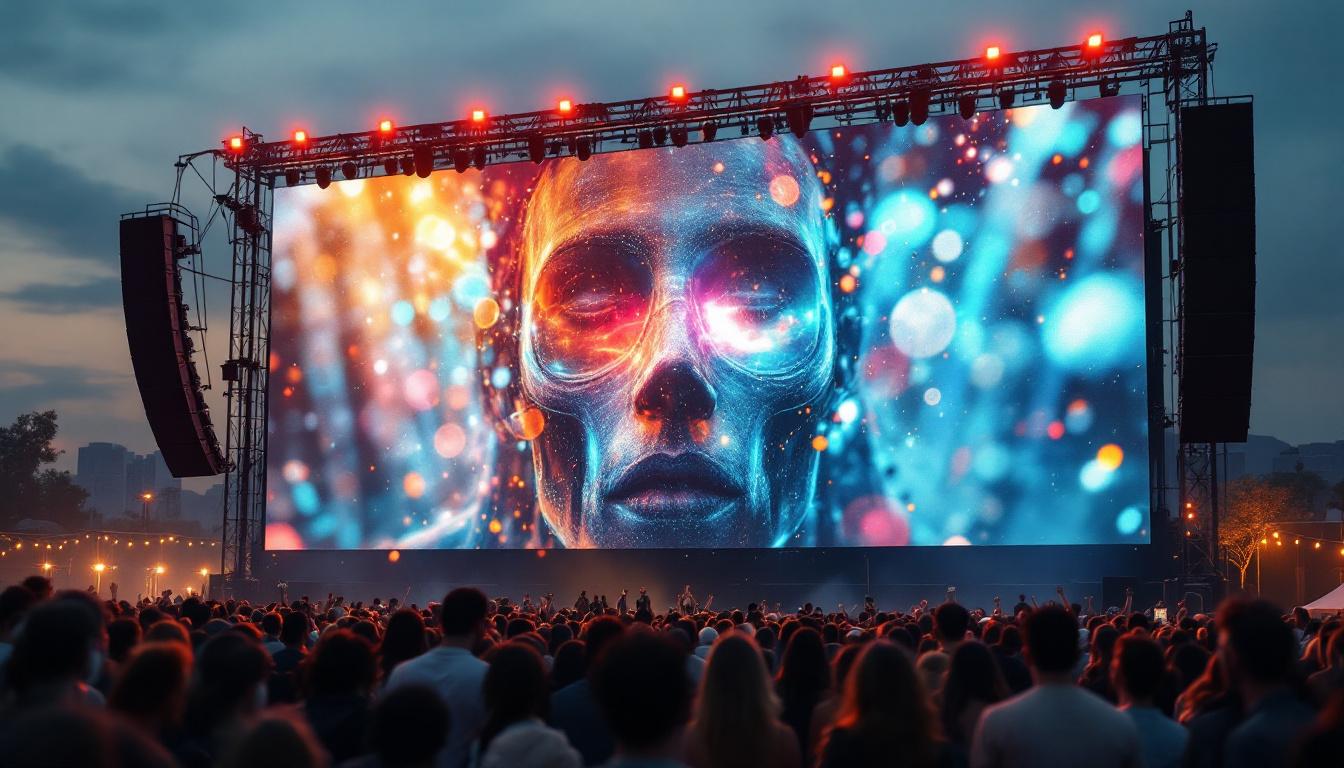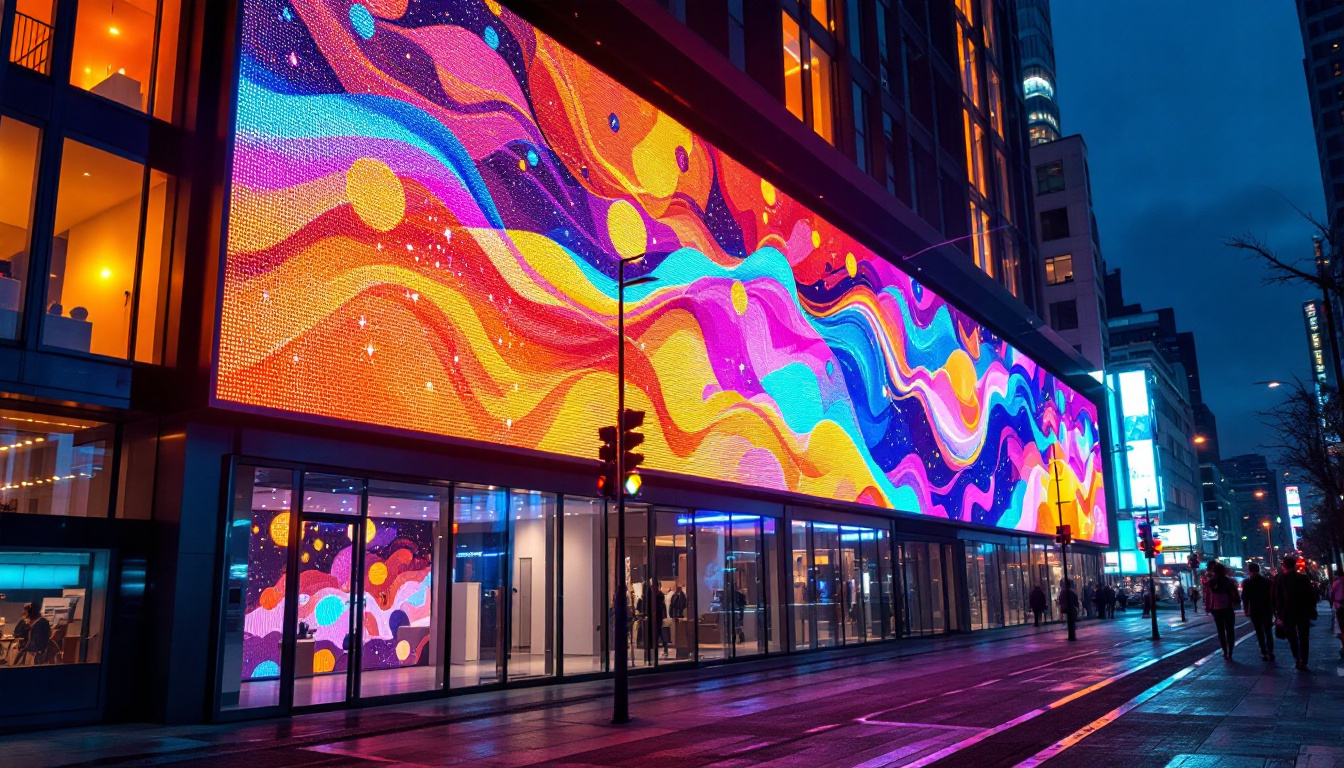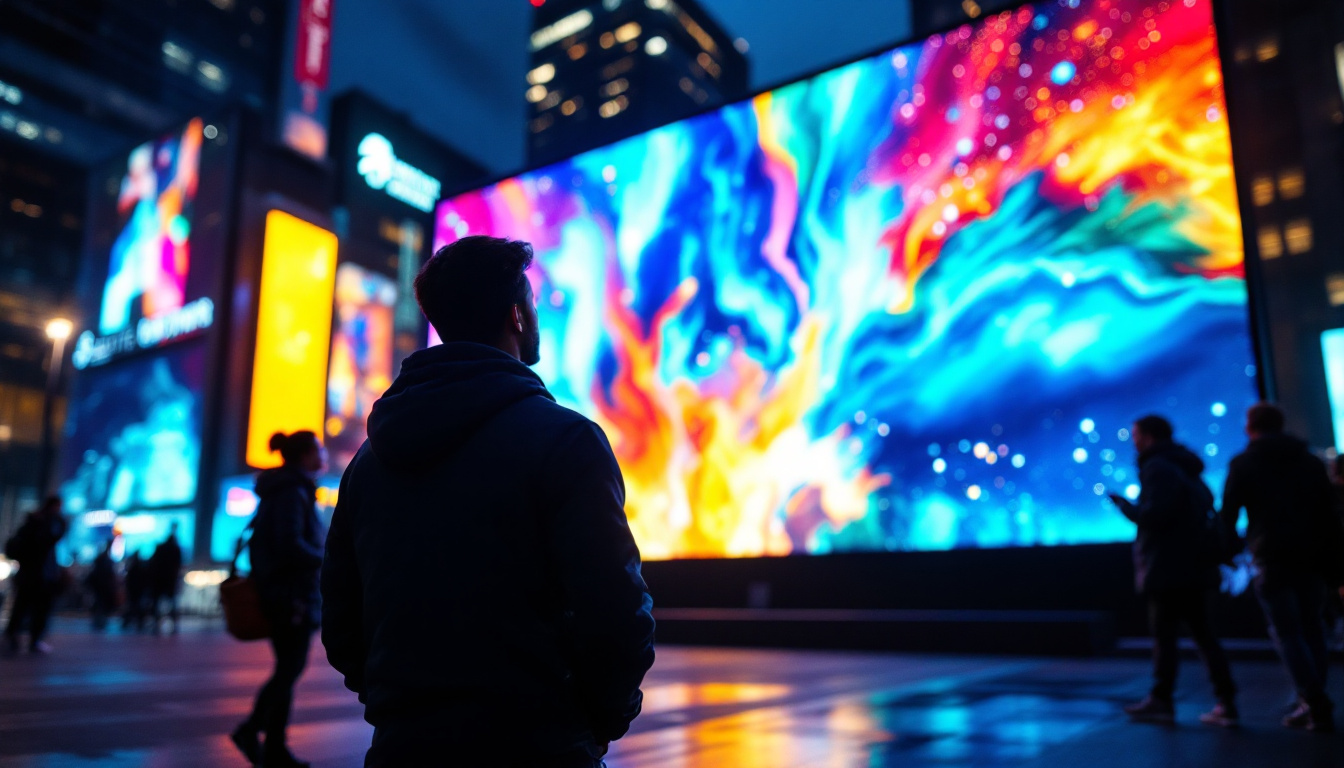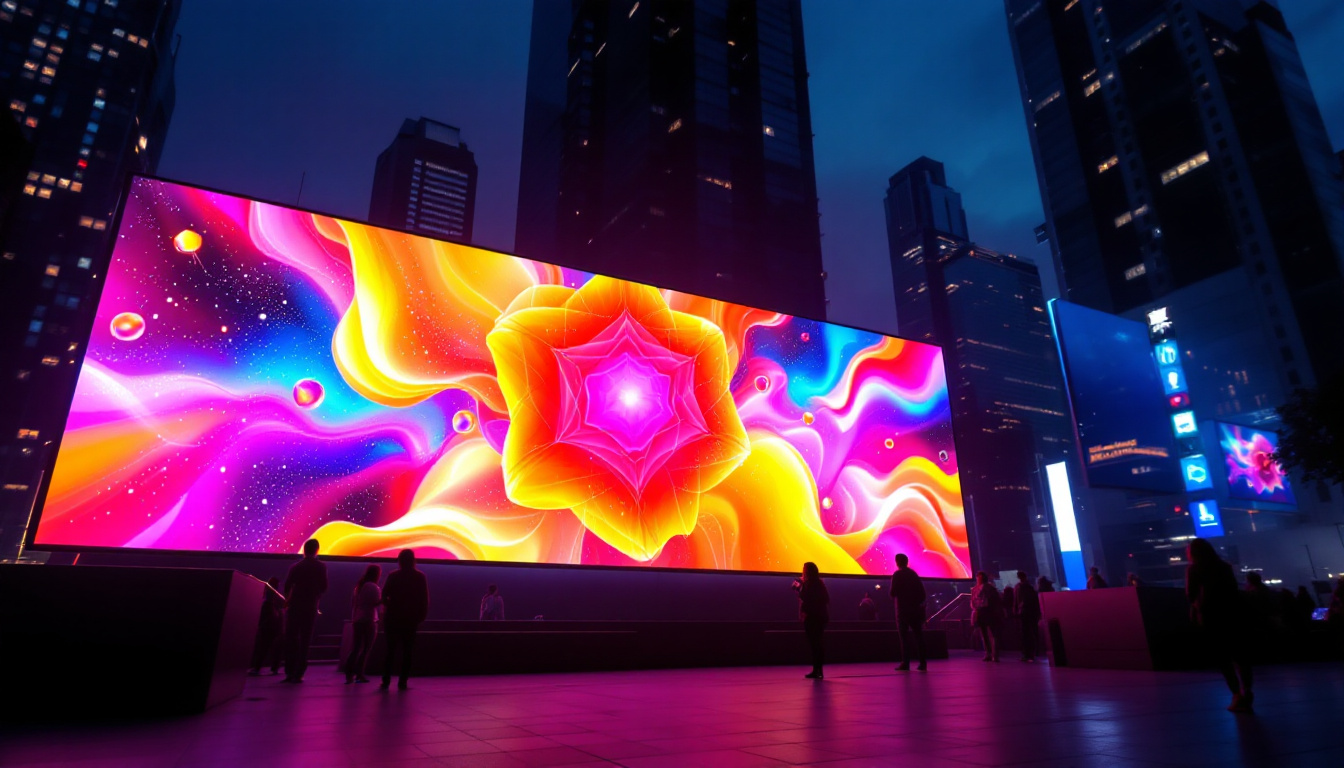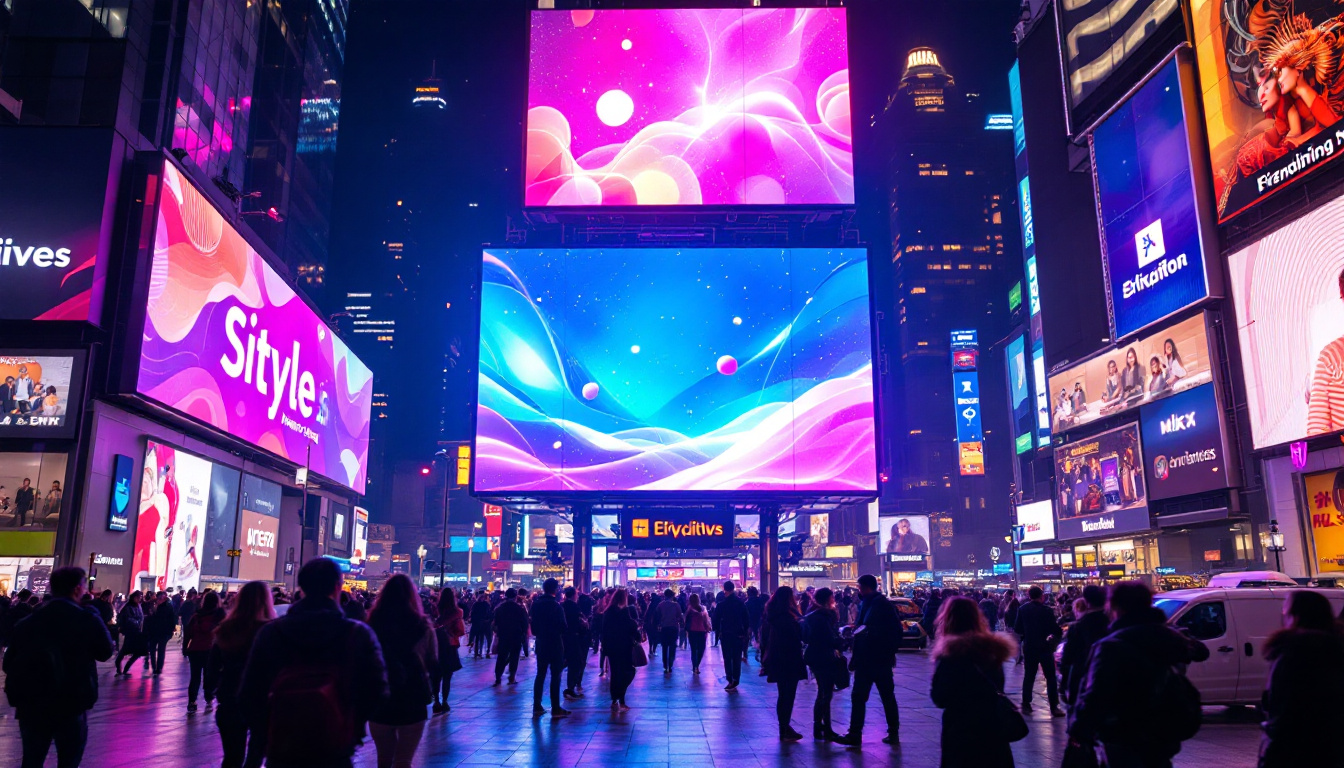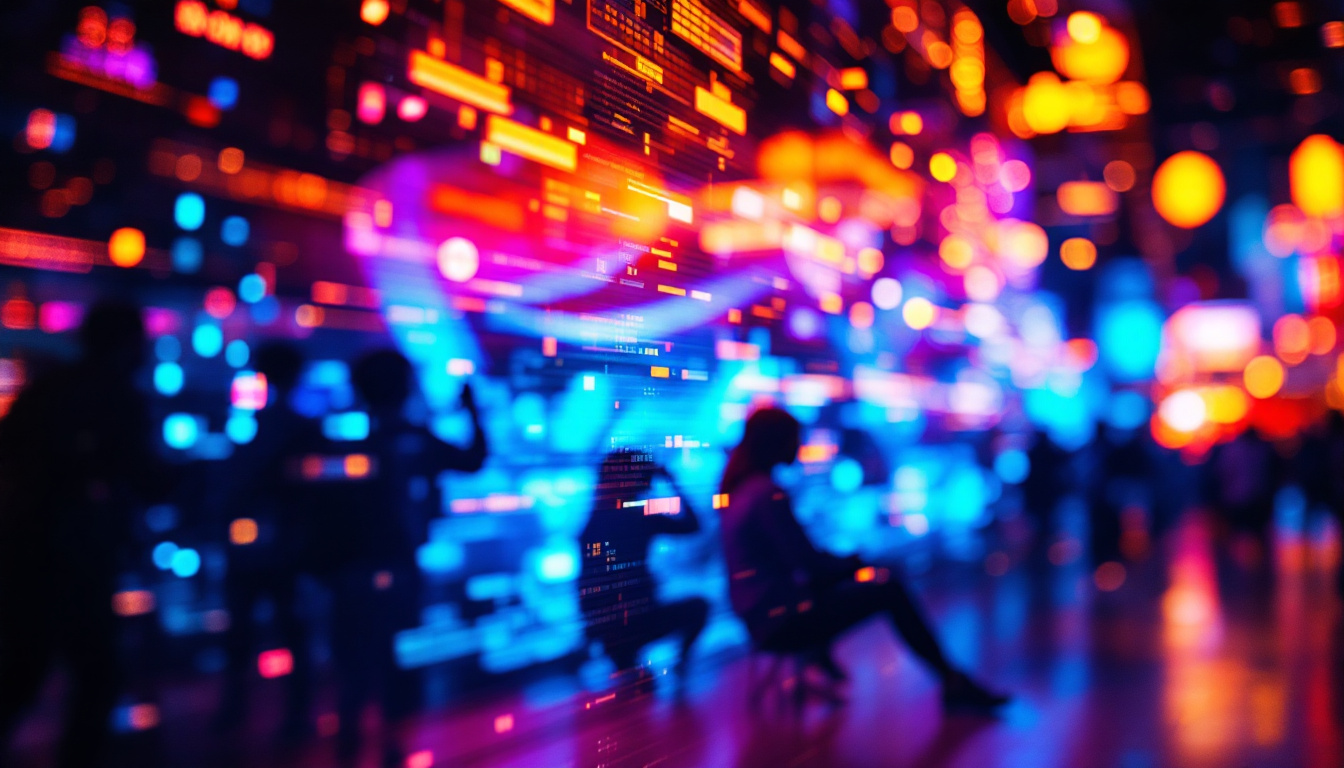In an increasingly digital world, the need for effective communication has never been more crucial. Information display boards, particularly those utilizing LED technology, have emerged as a popular solution for conveying messages in a clear and visually appealing manner. This article delves into the intricacies of LED displays, exploring their functionality, applications, and advantages.
What is an LED Display?
LED stands for Light Emitting Diode, a semiconductor device that emits light when an electric current passes through it. LED displays are made up of numerous tiny diodes that work together to create vibrant images and text. These displays can be found in various forms, including screens, signage, and billboards, making them versatile tools for communication. Their energy efficiency and long lifespan have made them a popular choice in both commercial and residential settings, revolutionizing the way information is presented and consumed.
In addition to their visual appeal, LED displays are also known for their environmental benefits. Unlike traditional lighting methods, LEDs consume significantly less power, which not only reduces electricity bills but also minimizes the carbon footprint associated with their use. This eco-friendly aspect has led to a growing trend of incorporating LED technology in various sectors, from advertising to transportation, where sustainability is becoming increasingly important.
Types of LED Displays
LED displays come in various types, each designed for specific applications. The most common types include:
- Indoor LED Displays: These are typically used in places like shopping malls, airports, and conference centers. They are designed for close viewing and often have a higher pixel density, which ensures that the images and text appear sharp and clear even from a short distance.
- Outdoor LED Displays: Built to withstand the elements, outdoor LED displays are often larger and have lower pixel density. They are commonly used for billboards and public announcements, featuring protective casings to guard against rain, wind, and UV exposure, which enhances their durability and longevity.
- Transparent LED Displays: These innovative displays allow light to pass through, making them ideal for retail environments where visibility is key. They can be integrated into windows and storefronts, providing a unique way to showcase products while maintaining a clear view of the outside.
Another emerging type is the flexible LED display, which can be bent or shaped to fit various surfaces, making them suitable for creative installations and unique architectural designs. This adaptability opens up new avenues for artistic expression and branding opportunities, allowing businesses to stand out in competitive markets.
How LED Displays Work
The operation of an LED display is based on the principle of electroluminescence. When an electric current flows through the semiconductor material of the diode, it emits light. By combining red, green, and blue LEDs, a full spectrum of colors can be produced, allowing for dynamic and colorful displays.
Each pixel on an LED display consists of these three colors, which can be adjusted in intensity to create a wide range of hues. The control system of the display manages the signals sent to each pixel, enabling the display of text, images, and videos. Advanced LED displays often incorporate sophisticated technologies such as dynamic range adjustment and color calibration, ensuring that the visuals remain consistent and vibrant under varying lighting conditions.
Moreover, the integration of smart technology into LED displays has further enhanced their functionality. Features like remote management, real-time content updates, and interactive capabilities allow businesses to engage their audience more effectively. For instance, digital signage powered by LED technology can display targeted advertisements based on the time of day or specific demographics, maximizing the impact of marketing efforts and improving customer experiences.
Applications of LED Displays
LED displays are utilized in a multitude of settings, demonstrating their versatility and effectiveness. Here are some of the most common applications:
Advertising and Marketing
One of the most prominent uses of LED displays is in advertising. Businesses leverage these displays to showcase promotions, new products, and services in a captivating manner. The ability to change content quickly allows for dynamic advertising strategies that can be tailored to different audiences and times of day. Moreover, the vibrant colors and high-resolution imagery of LED displays capture attention more effectively than traditional signage, making them an invaluable tool for brands aiming to stand out in crowded marketplaces. Retailers often use LED screens to create immersive shopping experiences, integrating video content that tells a story about their products and engages customers on a deeper level.
Transportation and Navigation
LED displays play a critical role in transportation systems. They are used in airports for flight information, in train stations for schedule updates, and on buses for route information. Their bright visibility ensures that important information is easily seen, even in low-light conditions. Additionally, LED displays are increasingly being integrated into smart transportation systems, providing real-time updates on traffic conditions and delays. This technology not only enhances the efficiency of public transport but also aids in reducing congestion by informing commuters of alternative routes and travel times. The integration of LED displays with mobile apps further empowers travelers, allowing them to receive personalized notifications about their journeys.
Public Information and Safety
Municipalities often employ LED displays to communicate vital information to the public. This includes emergency alerts, weather updates, and community announcements. The immediacy of LED technology allows for rapid dissemination of information that can enhance public safety and awareness. Beyond just alerts, these displays can also serve as platforms for community engagement, showcasing local events, public service messages, and even art installations that foster a sense of community pride. Furthermore, during emergencies, LED displays can be crucial in guiding citizens to safety, providing directions, and informing them about evacuation routes or shelter locations. Their ability to operate continuously and update in real-time makes them an essential component of modern urban infrastructure.
Advantages of LED Displays
The popularity of LED displays can be attributed to several key advantages that set them apart from traditional display technologies. Here are some of the most significant benefits:
Energy Efficiency
LED displays are known for their energy efficiency. They consume significantly less power compared to traditional incandescent or fluorescent displays, making them a more sustainable option. This not only reduces operational costs but also minimizes the environmental impact.
Longevity and Durability
LED technology boasts a long lifespan, often exceeding 50,000 hours of use. This durability makes LED displays a cost-effective investment, as they require less frequent replacement. Additionally, they are resistant to shock and vibration, making them suitable for various environments.
High Visibility and Brightness
One of the standout features of LED displays is their brightness. They can be easily viewed in direct sunlight, making them ideal for outdoor applications. The high contrast ratio and vibrant colors ensure that messages are conveyed effectively, regardless of lighting conditions.
Challenges and Considerations
While LED displays offer numerous advantages, there are also challenges and considerations to keep in mind. Understanding these factors can aid in making informed decisions when selecting an LED display.
Initial Cost
The initial investment for LED displays can be higher than that of traditional display technologies. However, the long-term savings in energy consumption and maintenance often justify the upfront costs. It is essential to evaluate the total cost of ownership over the display’s lifespan.
Content Management
Effective content management is crucial for maximizing the impact of LED displays. Organizations must invest in software and training to create engaging content that resonates with their audience. Regular updates and maintenance of content are necessary to keep the display relevant and effective.
Technical Expertise
Operating and maintaining LED displays may require technical expertise, particularly for larger installations. Organizations should consider this when planning their display strategy, as having skilled personnel can ensure optimal performance and longevity of the display.
Future Trends in LED Display Technology
The LED display industry is continuously evolving, with new technologies and innovations emerging regularly. Here are some trends that are shaping the future of LED displays:
Integration with Smart Technology
As smart technology becomes increasingly prevalent, LED displays are being integrated with IoT (Internet of Things) capabilities. This allows for real-time data updates and remote management, enhancing the functionality and efficiency of displays.
Improved Resolution and Pixel Density
Advancements in technology are leading to higher resolution and pixel density in LED displays. This improvement allows for sharper images and text, making displays even more effective for close viewing applications.
Eco-Friendly Innovations
With a growing emphasis on sustainability, manufacturers are developing eco-friendly LED displays that use recyclable materials and consume less energy. This trend aligns with global efforts to reduce carbon footprints and promote environmental responsibility.
Conclusion
LED displays have revolutionized the way information is communicated, offering a dynamic and visually appealing medium for various applications. Their energy efficiency, longevity, and high visibility make them an attractive choice for businesses and organizations looking to enhance their communication strategies.
As technology continues to advance, the capabilities of LED displays will likely expand even further, integrating with smart technologies and becoming more eco-friendly. Understanding the strengths and challenges of LED displays is essential for organizations seeking to leverage this powerful tool effectively.
In a world where information overload is common, LED displays stand out as a beacon of clarity and engagement, ensuring that messages are not just seen, but also remembered.
Discover LumenMatrix’s Innovative LED Solutions
Ready to elevate your communication strategy with the latest in LED technology? Look no further than LumenMatrix, a pioneer in crafting LED display modules that transform ordinary spaces into extraordinary visual experiences. From the vibrancy of an Indoor LED Wall Display to the robustness of Outdoor LED Wall Displays, and the versatility of Custom and All-in-One LED Displays, LumenMatrix offers a comprehensive range of solutions tailored to your needs. Embrace the future of visual engagement and make your message resonate with clarity and impact. Check out LumenMatrix LED Display Solutions today and see the difference innovation can make.

